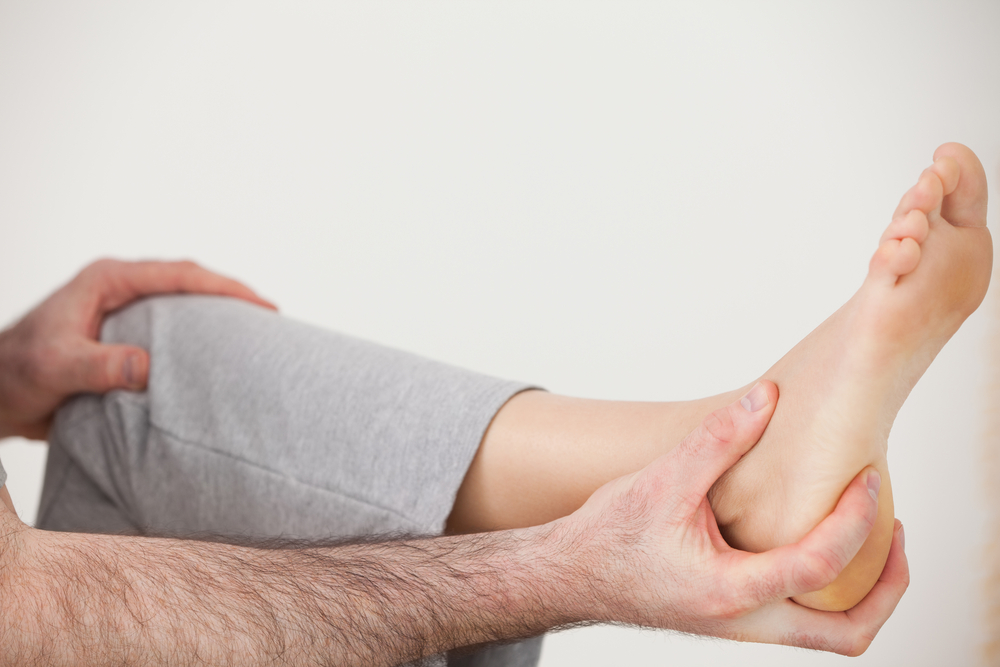
Dancing is just as strenuous on the body as sports are. After all, it forces the entire body to move in unique and difficult ways. Whether you’re a breakdancer spinning and leaping all over the floor or a ballet dancer contorting your body in incredible ways, you will need to take care of your feet. After all, if you are to have a long and fruitful career in dance, you must take care of your biggest asset: your body.
To help you do this, the physiotherapists at Anytime Physio have compiled this list of the common physiological problems related to dancing and how you can deal with them.
Common foot conditions in dancers
If you are a dancer, you have likely experienced some or all of the following:
- Painful calluses and corns between the toes
- Blisters and sores from tight dance shoes
- Infections on these blisters and sores
- Floor burns and splinters from dancing barefoot on wood
- Athlete’s foot and fungal infections from footwear.
- Ingrown toenails and bruised nail beds due to the extreme pressure of dancing en pointe.
- Bunions from high-heeled dancing shoes
- Plantar fasciitis, metatarsalgia, and hallux rigidus from intensive wear and tear.
These are just some of the conditions that may form. While there are plenty more, these are the most common and should be proactively prevented.
Proper foot care
These are some of the foot care steps you should take regularly (pun intended) to prevent these issues from occurring or address them early:
1 - Examine your feet often
As a dancer, your feet are your source of income and bear the weight of your passion. As such, you should examine them every day for anything unusual. Any swelling, infection, pain, or changes to the shape of your feet should be addressed by a medical professional or physiotherapist.
2 - Carry a footcare kit
Plasters, gauze, antiseptic, disinfectants, and anything you might need to treat foot injuries should be on your person when you’re rehearsing, performing, or taking dance classes. You should keep them in a sanitized and sealed container to prevent infection.
3 - Have multiple pairs of shoes
While this might mean you have to break in more than one pair of dance shoes, regular dangers know that being able to switch between different pairs can be an advantage. Besides extending the lifespan of your shoes, more than one pair ensures each one dries thoroughly before the next use, reducing the risk of fungal infection.
4 - Buy desiccants
Desiccants are substances used to absorb moisture from the air to keep the rest of a space dry. They are often found in pill bottles and relatively inexpensive. You can keep these in shoes you aren’t using to ensure that fungi don’t take root within the material.
5 - Cut toenails straight across
Many people do not realise they are actually cutting their toenails wrong. Giving your toenails curved edges actually increases the risk of ingrown toenails, which can take a dancer out of commission.
Final thoughts
As a dancer, you must take care of your body—your feet especially. Make sure to keep these tips and tricks in mind so you can prevent and deal with these issues before they become big problems that hamper your ability to dance.
If you’re looking for a Brisbane-based physiotherapist to help with your dancing-related foot issues, look no further than Anytime Physio. We are a team of highly trained physiotherapists committed to delivering expert service in areas such as Podiatry through rehabilitation plans tailored for each of our patients.

